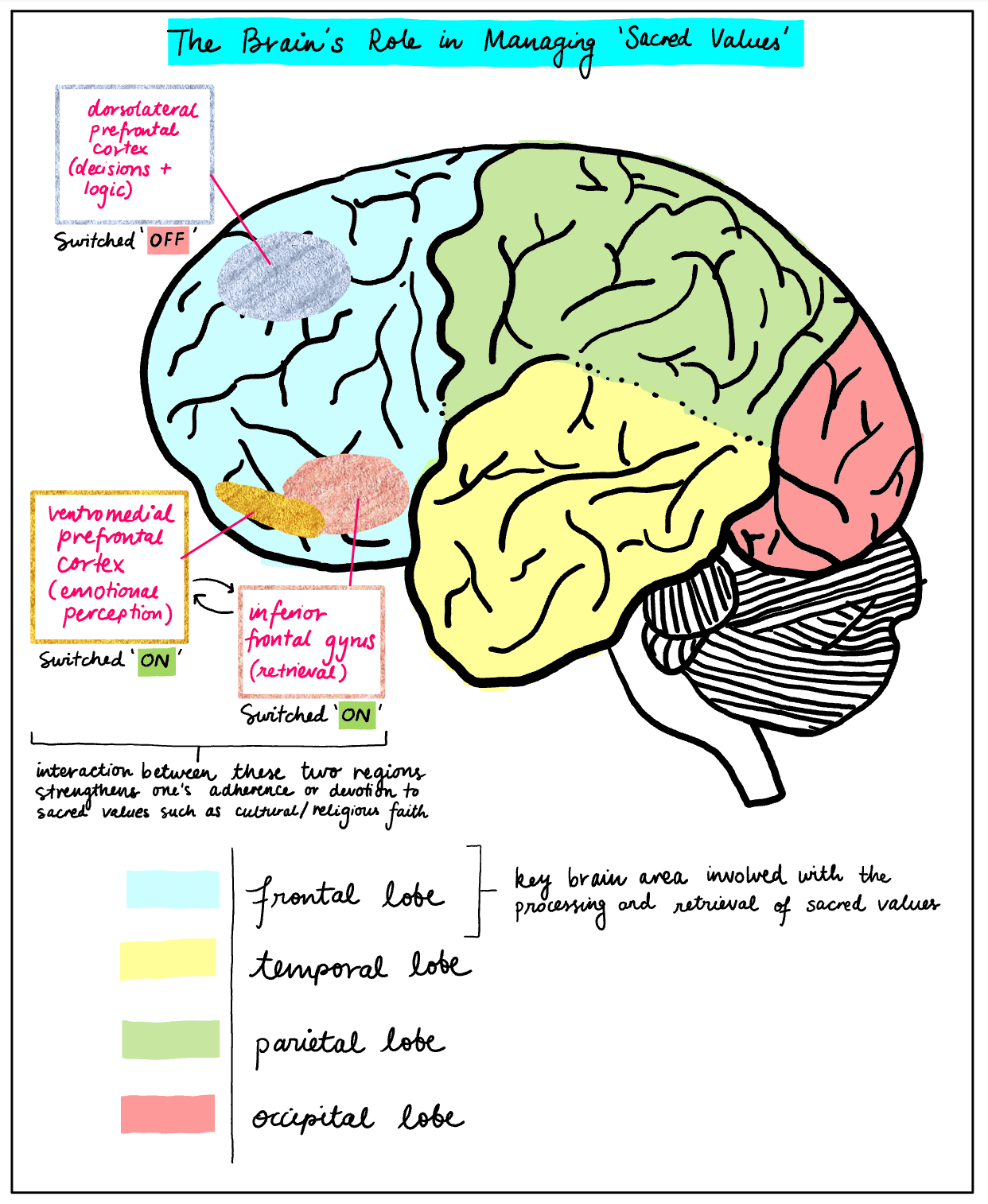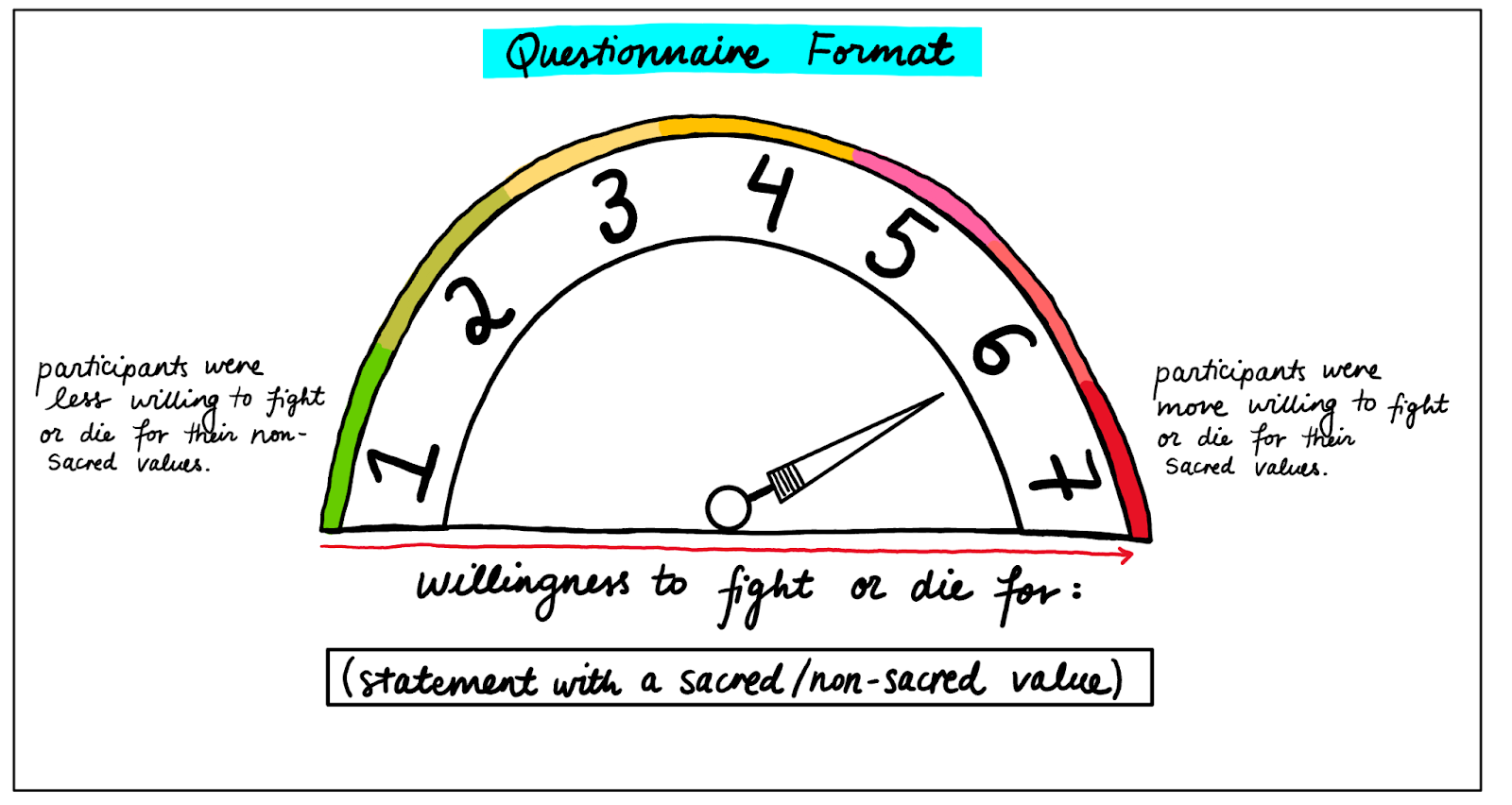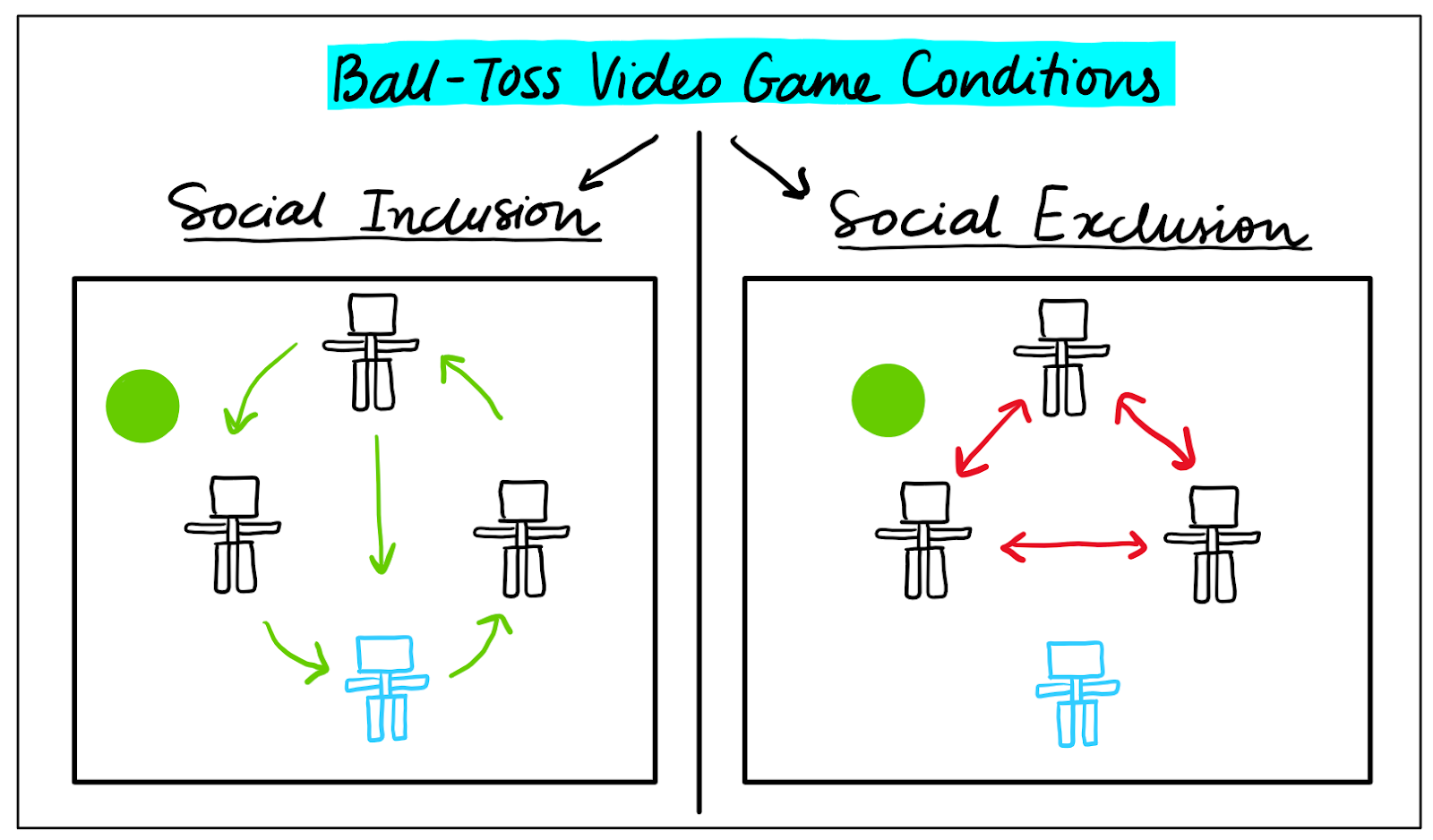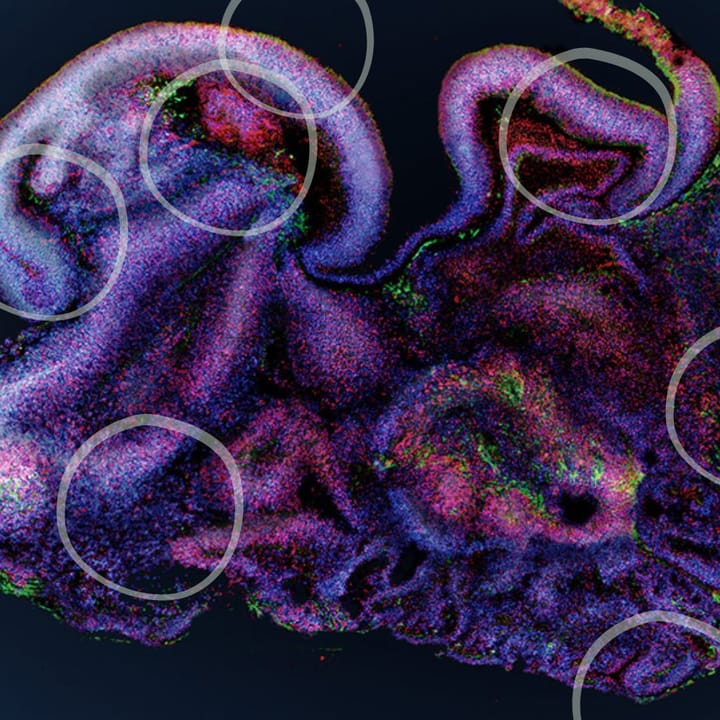Brainwashing may seem like an alien, almost unbelievable concept to many of us. Alexandra Stein has dedicated her life to unravelling this phenomenon which robbed so many years of her life, to raise awareness of the vulnerabilities we all share that can be targeted. By Diya Asawa
Having grown up in a highly political family, Alexandra Stein was passionate about politics, holding strong opinions from an early age. At age 18, she moved from London to America, eager to become a grassroots activist.
A few years later, she met members of a Marxist-Leninist group in Minneapolis who convinced her to join with the promise of achieving a left-wing revolution. The organisation quickly took over Stein’s life, controlling her relationships, her career, and ultimately, her very thoughts. She soon found herself trapped in a cult that dictated every aspect of her life. Eventually, she escaped, shocked at how her life had forever changed. Since then, Stein has dedicated her life to researching the mechanisms of brainwashing to get to the depths of her experience.
Victims of brainwashing or ‘coercive persuasion’ like Stein, experience the breakdown of their core beliefs, our so-called ‘sacred values’. These are an individual’s strongest beliefs, like patriotism or religious faith, and determine much of our attitude and behaviour. As such, they play an important role in the process of brainwashing. In Stein’s case, the cult isolated her from her friends and family, forcing her into an echo chamber of politically extreme beliefs - the cult’s own sacred values.
Sacred values are processed along a unique neural pathway that is emotionally rooted in our brains (see Figure 1). In such cases, our ventromedial prefrontal cortex and inferior frontal gyrus, which regulate emotions and retrieve beliefs respectively, are ‘switched on’. Consequently, the dorsolateral prefrontal cortex, which helps with logical thinking, is ‘switched off’.

Brainwashing can be facilitated further if the victim is subject to physical and mental fatigue. During her time in the cult, Stein was coerced into marriage and motherhood and forced to work long hours in a bakery alongside a full-time job as a computer interrogator. Despite having no idea how these jobs would contribute to a political revolution, she became so exhausted that she stopped questioning the cult’s sacred values.
Exhaustion can encourage emotionally-driven instinctual responses. This, combined with the constant bombardment of the cult’s beliefs, may have strengthened the neural pathway associated with their sacred values over time, ultimately resulting in Stein becoming brainwashed.
In a study conducted by Dr Nafees Hamid, a research fellow at King’s College London, participants exhibited greater willingness to fight or die for their sacred values compared to their non-sacred values (see Figure 2). Their brain activity also showed a greater disconnect between their logic and emotion processing regions. However, when participants were less likely to fight or die for non-sacred values, a higher connectivity between the two brain regions was observed. This indicates that people may think more logically about their non-sacred values.

Stein’s vulnerability to brainwashing may have been exacerbated by personal factors. According to Dr Hamid’s research, social exclusion plays an important role in the radicalisation of beliefs. In a study, participants played a ball-toss video game in which they were either included or excluded by computer-generated players (see Figure 3). Those who had been excluded were more willing to fight or die for both their sacred and non-sacred religious values. When an individual feels excluded, they may wish to emphasise their sense of belonging to a community and could therefore become more vulnerable to extremist narratives by considering their non-sacred values as sacred.

Dr Hamid’s research has significant implications because it provides a meaningful method for tackling brainwashing: societal influence. In his studies, participants were shown what they thought were the average community response towards certain beliefs. Though these averages were fabricated, participants actually lowered their willingness to fight or die for both their sacred and non-sacred values, conforming to the community responses. Their brain activity also indicated increased activity in the dorsolateral prefrontal cortex, suggesting that the pressure to conform made participants deliberate over their responses instead of yielding to their instinct.
Psychologists argue that a loss of one’s sense of identity and emotional fragility may be crucial factors that lead to increased vulnerability. For instance, when Stein was brainwashed into joining a cult, she remembers feeling more isolated and lost compared to usual since she had recently ended her relationship with her boyfriend. In fact, under the right conditions, anyone can become vulnerable to brainwashing, more so in the modern world’s Digital Age. Social media algorithms, for instance, are major spheres of influence since they monitor our online activity to recommend content that resonates with us. This can lead to a confirmation bias as we consume the same ideas over and over again, believing that we are seeing so much of it because it is true.
Therefore, it is important to always question the information we consume, be open to debate, and seek evidence that may contradict our beliefs. Alexandra Stein’s journey from a victim of brainwashing to a skilled researcher in the field of social psychology and cult dynamics is a story of hope, illustrating how powerful yet reversible the impacts of brainwashing can be.
References:
Cover Image: Credit: Image from freepik.com https://www.freepik.com/free-photo/dictatorship-oppression-collage-concept_32080080.htm#query=puppet%20on%20a%20string&position=12&from_view=search&track=ais&uuid=c5f2da92-aa32-4388-ada6-6ffa960b753e
In-article Images: Diya Asawa
- Convinced her to join: Leaver K. A Cult Member Turned Expert Explains How Anyone Can Be Brainwashed [Internet]. Vice. 2017 [cited 2023 Oct 16]. Available from: https://www.vice.com/en/article/3d4x3b/cult-member-turned-expert-explains-how-anyone-can-be-brainwashed
- Unique neural pathway: Moore J, Cerf M, Lifton RJ. Brainwashing [Internet]. IMDb. 2021 [cited 2023 Oct 16]. Available from: https://www.imdb.com/title/tt15978220/
- Physical and mental fatigue: Magazine S, Boissoneault L. The True Story of Brainwashing and How It Shaped America [Internet]. Smithsonian Magazine. [cited 2023 Oct 16]. Available from: http://www.smithsonianmag.com/history/true-story-brainwashing-and-how-it-shaped-america-180963400/
- Strengthened the neural pathway: Brain Basics: Know Your Brain [Internet]. National Institute of Neurological Disorders and Stroke. [cited 2023 Oct 16]. Available from: http://www.ninds.nih.gov/health-information/public-education/brain-basics/brain-basics-know-your-brain
- Fight or die: Pretus C, Hamid N, Sheikh H, Ginges J, Tobeña A, Davis R, et al. Neural and Behavioral Correlates of Sacred Values and Vulnerability to Violent Extremism. Frontiers in Psychology [Internet]. 2018 [cited 2023 Oct 16];9. Available from: https://www.academia.edu/80287687/Neural_and_Behavioral_Correlates_of_Sacred_Values_and_Vulnerability_to_Violent_Extremism
- Exacerbated by personal factors: Introvigne M. Brainwashing: Reality or Myth? Elements in New Religious Movements [Internet]. 2022 Jun 1 [cited 2023 Mar 5]; Available from: https://www.cambridge.org/core/elements/brainwashing/8CA01B4526F6B4F28AC40EF93FCEF1BB
- Included or excluded: Hamid N. Social exclusion and conformity as drivers and buffers of violent radicalisation [Internet]. Available from: https://bonnart.org/uploads/Nafees-Braunthal-Report-LM-final.pdf
- Feeling more isolated and lost: CNN MN. Are you susceptible to brainwashing? [Internet]. CNN. Available from: https://edition.cnn.com/2018/02/13/health/brainwashing-mind-control-patty-hearst/index.html





